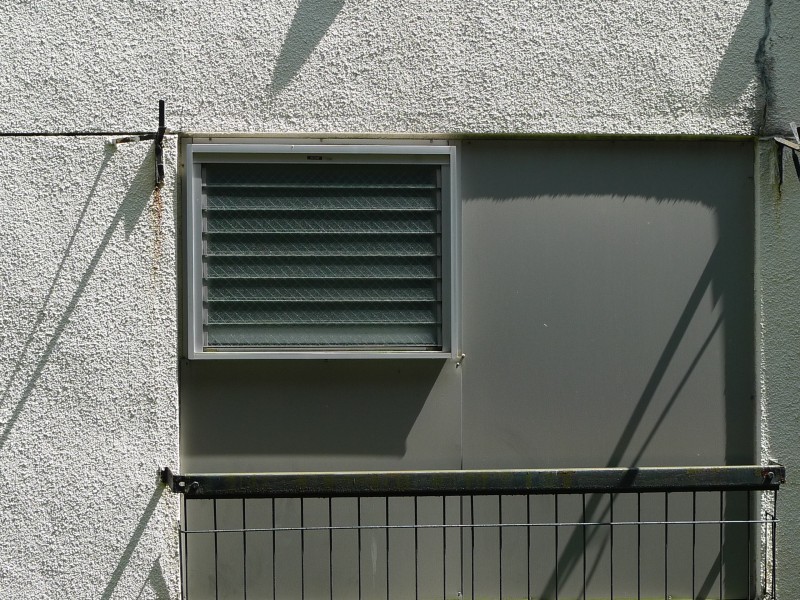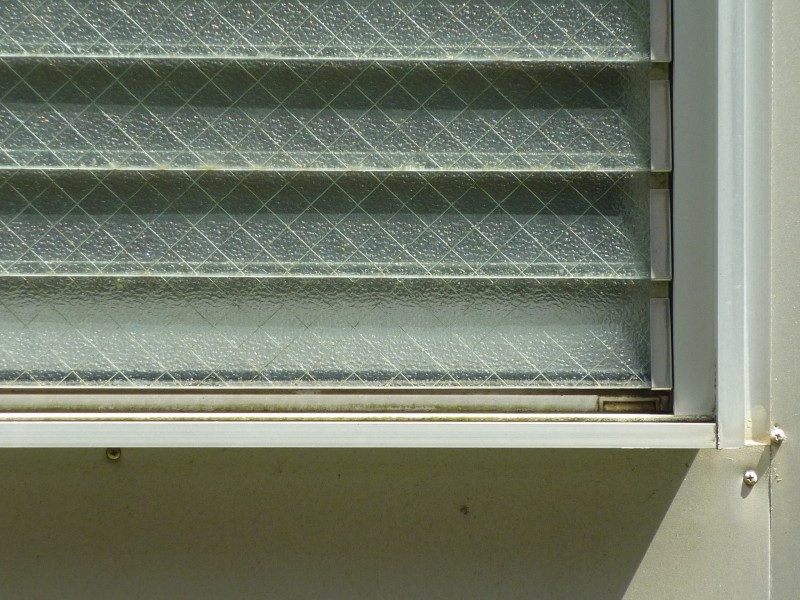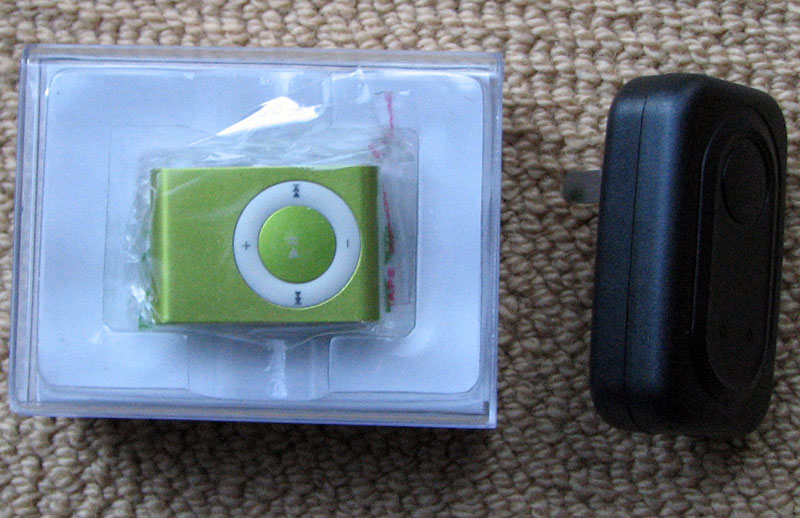I’m going to interrupt the normal daily post about Japan for one about cameras. Until February of 2009 nearly all of the pics on this blog were taken with my old Canon S3. A few had been captured with a crappy, little Kodak camera that was my daughter’s that I used in a pinch or when I didn’t want to carry the large S3 around. I loved that S3 camera, but its time had come. I sold it soon thereafter and have been using only the LX3 since (although many older pictures that I have posted on the blog since February were taken with the S3).
The LX3 takes great pictures, and I love the wide angle lens (24 mm), but a few things about it bug me. The cap is a hassle to take on and off manually for every time a picture is taken. Although not nearly as big and heavy as the S3 was, it still isn’t a camera I like to have in my pocket the entire day. But most of all, the 2.5x maximum zoom came to be a problem in a number of situations. 60 mm is simply not enough to photograph sports or to get some good people shots without the subject knowing you are photographing them.
Now let me introduce you to my latest purchase, the TZ7 (sold as the DMC-ZS3 in parts of the world including the USA). The TZ7 doesn’t take as high of quality of pictures in low light or indoors, the wide angle isn’t quite as wide (25mm instead of 24mm), and you can’t control your shots (setting exposure length, etc.) quite as much. But there are many reasons to possibly opt for the TZ7/ZS3 over the LX3. It weighs 229 grams instead of the LX3’s 265 grams. 36 grams may not sound like much, but the 16% lighter factor can be felt immediately. After a day of it in your pocket you’ll notice the difference even more.
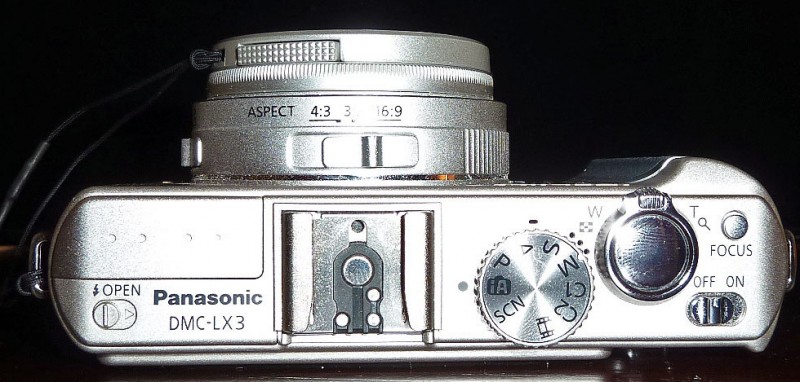
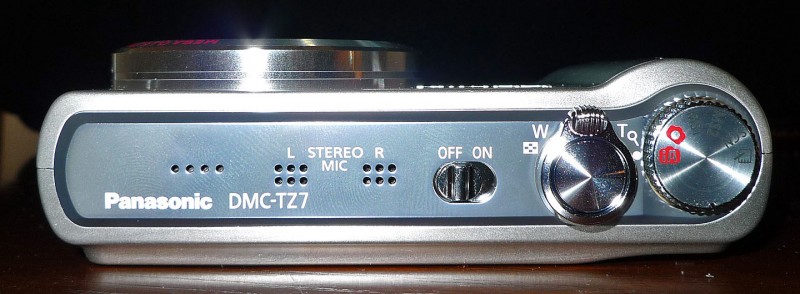
The published dimensions for these two cameras are incorrect. One of the main reasons I purchased the LX3 was because of the dimensions I read on the internet. They are false. From back to front the LX3 is supposed to be only 27.1 mm. My measurements give a reading of 46 mm, and that is before taking the lens cap off and turning the camera on. The TZ7 has a published depth of 32.8 mm. My reading gives only 28 mm. In other words, the TZ7 is barely more than half as thick (due to the LX3’s protruding lens). This makes a huge difference in your pocket if you are carrying it around all day. The heights are the same and the TZ7’s width is a little more than 5 mm smaller. So, for portability, the TZ7 is much better.
The TZ7 takes much better video in most conditions. The LX3 can take great video too, but you can’t zoom in and out when recording video on the LX3. I’ll show you some sample videos with the TZ7 soon.
The TZ7 can cost anywhere from $100 to $200 less than the LX3 (assuming you can even find the LX3 in stock).
But the biggest reason why I purchased the TZ7 was not the lens cap annoyance, the better price, the better video, or the improved portability, it was the zoom. The TZ7 has 12x zoom. Cropping can only yield so much with the LX3, and I found myself cropping nearly everything I took with the LX3. Now I can zoom to 300mm and not be stuck at 60mm and a large crop.
I don’t plan on selling my LX3. I’ll use it for sunsets (and other low-light conditions), indoor pictures, and in some other situations where it may result in a substantially better picture. But given the portability and the zoom possibilities with the TZ7 I think it will be brought along more often. Have I completely sold you on the TZ7 over the LX3? I hope not, as my initial testing and photo comparisons indicate that the quality of pictures is generally better with the LX3. I’ll show you my first set of tests in my next entry.
Another reason I purchased the TZ7 is we only had one camera in Japan. My kids are going to Cambodia and Miyajima on field trips during the same week. Sending only one of them off with a camera didn’t sound so hot to me.
Posted on September 2nd, 2009 under Other. Tags: compare, photography, recommendations, reviews, tz7 zs3. Comments: 9




